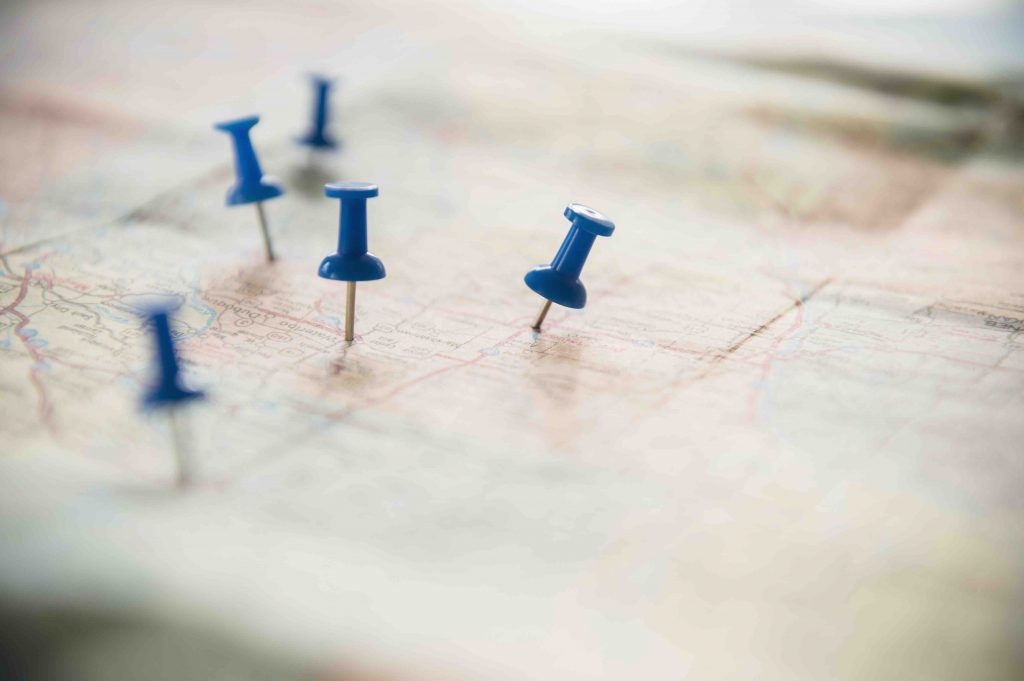With summer nearly here, we’re prepared for all the amazing photos of sandy beaches that will come to fill your social media feed. For many of us undocumented folks, we’ve resigned ourselves to living vicariously through the images our friends post online. But it doesn’t have to be that way. It’s true that traveling while undocumented presents challenges, but with planning and preparation, we can be out there taking our own “are those hot dogs or your legs?” beach photos. And undocumented immigrants don’t have to limit travel to just the contiguous United States, we can also experience the beautiful Isla de Encanto, be amazed by the Northern Lights in Alaska, or wind down on a Hawaiian beach.
I have traveled throughout California – where I live – as well as to New York, Chicago, and Las Vegas. I even took a plane to Florida before I ever had protection under the Deferred Action for Childhood Arrivals (DACA) program. If you find yourself wondering how I made it work, then check out the list below for tips from fellow undocumented folks.
Editor’s Note: Some of the names or last names of the undocumented travelers have been omitted or changed (marked by an asterisk) to maintain their privacy.
1
Have identification ready.
Always carry your government ID with you. This can be your driver’s license and/or passport. You are able to obtain a passport from the consulate of your country of citizenship.
2
Verify the requirements for your state for domestic flights.
Most states will only require a government ID, such as a license for travel. However, soon a few other states may possibly require travelers to have a passport to travel domestically because of the Real ID Act.
I traveled to Florida prior to having DACA and all that was required of me was my Mexican passport. Being constrained by this invisible border should not stop us from exploring within our borders.
3
Have a safety plan.
If you do get stopped, you must know you have rights. You should also have a designated person or people to contact that can start mobilizing and spreading the word on your behalf. “Have an emergency contact,” Lunaadriana, who has 10 years of traveling experience, tells me. “Share your flight info and make a plan together about what to do. If anything goes wrong, arrange for them to know where important documents are.”
4
What you need to know if you're traveling outside the contiguous United States.
One of the most important things to verify is that your flight does NOT have a layover in a country that is not part of the US. This is unlikely, but it’s important to double check. But mostly, you should expect the same process. “My family traveled to and from California to Hawaii,” Maite*, who has traveled for more than 10 years with and without DACA, told me. “We are undocumented. We carried our passports as a form of ID.”
Sometimes, you’ll be subjected to extra searches. It’s crucial to remain calm. “I went to Puerto Rico in 2014 using my New York Driver’s License, but I always carry my permit with me as well, just in case,” 27-year-old Grecia Huesca says. “The TSA agent at LaGuardia just looked at my license when I went through security and didn’t ask any questions. I had no issue coming back either. I also think it is important to remain calm if they do any random security checks. I was once randomly selected and they tested my hands for chemical residue, and I tried to remember that I had nothing to worry about and stayed calm.”
5
Be mindful of checkpoints.
“Have a list of border patrol interior checkpoints and avoid them,” Luz*, a DACA recipient, says. Border Patrol can conduct checkpoints within 100 miles of the border. DHS sometimes enters buses or trains and asks for passengers’ documents. Know which ground transportation company has had the highest instances of DHS searches, and try to avoid those or exercise precaution if you have no legal status or protection.
“Last summer, my husband, who is a DACA beneficiary, and I took a three-week road trip. We camped in Utah, Wyoming, Montana, Washington, and Oregon,” Rojas, who has traveled with her husband for the last six years, says. “My husband took his work permit because we were going to be very close to the Canadian Border, we actually were about half a mile away, but never encountered any issues.”
6
Know where you are going.
There are states that have a higher tendency of racial profiling. States, such as Texas, Arizona, Utah, Florida, and North Carolina, are known for their anti-immigrant stances. You can easily choose to avoid those states, though it’s important to keep in mind that undocumented immigrants also live there. If you have a network in these places, you can ask the best ways to protect yourself.
7
Just do it.
Go ahead. Take that adventure you have always dreamed of. You can take it slow if it makes you feel comfortable. Start by taking small trips until you build the confidence to venture further.




